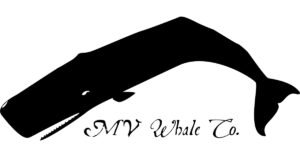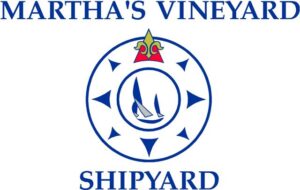After 21 hours of flight time and just about two full days of total travel we arrived on Guam and the r/v Falkor and immediately walked into the ship’s crew celebrating Christmas Eve. We were eagerly welcomed by the generous and festive Captain and Crew and probably looked a bit out of sorts and jet lagged. Since then we have
 been using the time to acquaint ourselves with the vessel and crew. With many wrong turns down long corridors and horrific mispronunciations of the very diverse crew names we are doing best our best to acclimate to life onboard.
been using the time to acquaint ourselves with the vessel and crew. With many wrong turns down long corridors and horrific mispronunciations of the very diverse crew names we are doing best our best to acclimate to life onboard.
In an effort to better understand the Island and its
history we rented a car and over the last two days have been from one end to the other. Exploring everything from Ritidian Point Wildlife Refuge at the far North end to free diving the bomb holes off Asan Beach to visiting the War in the Pacific Historical Museum. Interestingly enough, other than a few masts across the harbor and maybe a dozen or so at a small marina at the southwest end, there isn’t much indication that there’s a whole lot of cruising yachts or live aboard sailing out here, although given how far it is from anywhere that is not entirely surprising. The real take away is the history of this island as it relates to World War II. We hadn’t quite realized that Guam fell to the Japanese only three days after Pearl Harbor and was not recaptured until mid-summer 1944. This would be an important stepping stone in the battle for the Pacific Theatre as it gave the United States a large airstrip as well as protected Harbor to launch the battle for Iwo Jima in February 1945. Guam was affectionately referred to by the US Navy as the Supermarket to the Pacific.

This morning (12/27) the ship was moved to a different wharf inside the Port of Guam in Apra Harbor for bunkering (fueling) in preparation for our departure. With a Pilot on board in accordance with Harbor Regulations the Vessel was quietly and easily maneuvered without the use of tugs. Once made fast we had an incredible view of four Japanese flagged  tuna boats off-loading their catch (tons of it) destined for Japan. It does get one to question the sustainability of this fishery given the immense volume coming off only four boats in a matter of an hour.
tuna boats off-loading their catch (tons of it) destined for Japan. It does get one to question the sustainability of this fishery given the immense volume coming off only four boats in a matter of an hour.
As for the rest of today the full accompaniment of scientists and personnel arrive throughout the day. Tomorrow we will begin ship’s orientation, safety briefings and training as well initial coordination with the head scientist John Smith.
We look forward to sharing more in the coming days.















You must be logged in to post a comment.